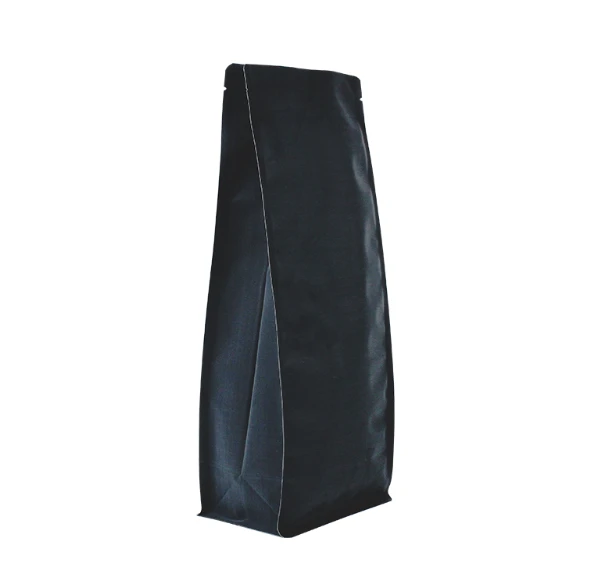- Afrikaans
- Albanian
- Amharic
- Arabic
- Armenian
- Azerbaijani
- Basque
- Belarusian
- Bengali
- Bosnian
- Bulgarian
- Catalan
- Cebuano
- chinese_simplified
- chinese_traditional
- Corsican
- Croatian
- Czech
- Danish
- Dutch
- English
- Esperanto
- Estonian
- Finnish
- French
- Frisian
- Galician
- Georgian
- German
- Greek
- Gujarati
- haitian_creole
- hausa
- hawaiian
- Hebrew
- Hindi
- Miao
- Hungarian
- Icelandic
- igbo
- Indonesian
- irish
- Italian
- Japanese
- Javanese
- Kannada
- kazakh
- Khmer
- Rwandese
- Korean
- Kurdish
- Kyrgyz
- Lao
- Latin
- Latvian
- Lithuanian
- Luxembourgish
- Macedonian
- Malgashi
- Malay
- Malayalam
- Maltese
- Maori
- Marathi
- Mongolian
- Myanmar
- Nepali
- Norwegian
- Norwegian
- Occitan
- Pashto
- Persian
- Polish
- Portuguese
- Punjabi
- Romanian
- Russian
- Samoan
- scottish-gaelic
- Serbian
- Sesotho
- Shona
- Sindhi
- Sinhala
- Slovak
- Slovenian
- Somali
- Spanish
- Sundanese
- Swahili
- Swedish
- Tagalog
- Tajik
- Tamil
- Tatar
- Telugu
- Thai
- Turkish
- Turkmen
- Ukrainian
- Urdu
- Uighur
- Uzbek
- Vietnamese
- Welsh
- Bantu
- Yiddish
- Yoruba
- Zulu
Exploring the Measurements and Specifications of a Shipping Container
Understanding the Dimensions of a Box Importance and Applications
Boxes are fundamental elements of modern logistics, packaging, and storage. From the smallest drawer in a piece of furniture to large shipping containers that traverse oceans, the dimensions of a box play a crucial role in functionality, efficiency, and design. The dimensions of a box are typically expressed in terms of length, width, and height, which together determine its capacity and how it interacts with other units of storage or transportation.
1. The Basics of Box Dimensions
A box's dimensions are fundamental to its purpose. The three dimensions—length (L), width (W), and height (H)—form a geometric shape that can be measured in various units, such as inches, centimeters, or feet. This three-dimensional measurement provides essential information about the internal volume of the box, calculated by the formula
\[ Volume = Length \times Width \times Height \]
Understanding these measurements is crucial for a variety of applications, such as maximizing storage space, ensuring the safe transport of goods, or even optimizing packing for moving companies.
2. Importance of Accurate Dimensions
Accurate measurement is vital, especially in industries like e-commerce and shipping. For example, when packaging items for shipment, sellers must consider not only the dimensions of the box but also the dimensions of the items being shipped. An ill-fitting box can lead to damaged goods, increased shipping costs, and dissatisfied customers. Furthermore, utilizing inappropriate box sizes can also impact the efficiency of warehouse storage and inventory management.
In logistics, knowing the exact dimensions of a box aids in determining how many boxes can fit on a pallet or in a shipping container. This optimization is essential for reducing shipping costs and minimizing the environmental impact of transportation.
3. Standardization of Box Dimensions
dimensions of a box

To facilitate commerce and logistics, many industries have developed standard box sizes. These standardized dimensions help streamline the packing process and improve efficiency in storage and transportation. For instance, the American National Standards Institute (ANSI) has established box size standards (such as the regular slotted container) that are frequently used in shipping and storage.
Standard dimensions not only enhance compatibility across systems but also simplify the process for manufacturers and shippers, helping them to predict handling and shipping costs accurately.
4. Custom Dimensions When Standard Doesn’t Fit
While standard dimensions are helpful, there are times when custom box sizes are necessary. For unique items, such as delicate electronics or oversized furniture, bespoke packaging is often required. Companies often turn to packaging specialists to design boxes that provide maximum protection and fit for their specific products. Custom dimensions allow businesses to ensure that their goods are not only safeguarded during transport but also presented attractively when delivered.
Furthermore, with the rise of e-commerce, businesses are increasingly focused on creating packaging that reflects their brand identity. Custom box dimensions can play a significant role in enhancing customer experience through unboxing, making it a crucial aspect of marketing strategy.
5. Environmental Impact of Box Dimensions
In an ever-increasing focus on sustainability, the dimensions of a box can also have environmental implications. Larger boxes often necessitate more material, which can lead to increased waste. Additionally, improperly sized boxes can lead to excess shipping costs and carbon emissions due to inefficiencies in transportation.
Many companies are now adopting a more sustainable approach by using smaller, more efficient packaging solutions. These not only save on materials but also contribute to reduced shipping costs and a smaller carbon footprint. By carefully selecting box dimensions, businesses can align their packaging strategies with environmental responsibility.
Conclusion
Understanding the dimensions of a box is not merely a matter of measurement; it encompasses a wide range of implications in logistics, commerce, and sustainability. Whether dealing with standard sizes or custom designs, box dimensions influence shipping efficiencies, product protection, and environmental impact. In today’s fast-paced world, businesses must be adept at utilizing the dimensions of boxes to meet their operational needs while considering the broader implications of their packaging choices. This multifaceted understanding of box dimensions is critical for thriving in an interconnected marketplace.













